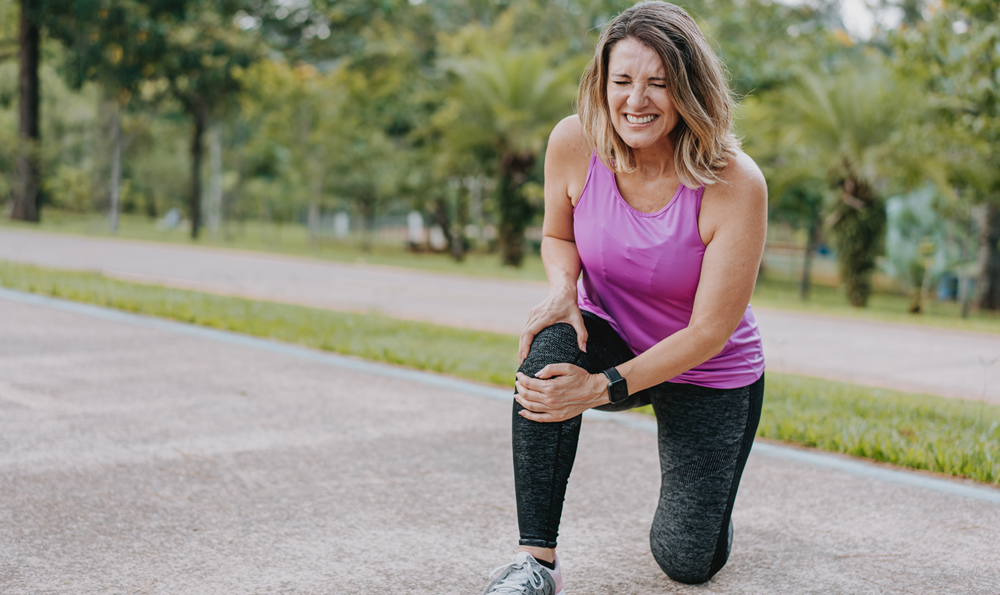If you’ve ever twinged, tweaked or rolled your ankle, knee or other joint, you may have gotten a ligament sprain or muscle strain. Sprains and strains are some of the most common sports injuries people experience and they can affect anyone — from young children to older adults and weekend warriors to professional athletes.
Dean Padavan, MD, a sports medicine specialist with Atlantic Health System, shares more about these sports injuries, how you can prevent them and how to get back safely to your favorite sport.
What are sprains and strains?
Sprains and strains occur when a quick movement, shift, twist, fall, overload or overextension causes a stretch or tear in a ligament (sprain) or muscle (strain). These injuries can happen anywhere in the body and range from mild (a small pull) to severe (a complete tear).
While mild injuries might require a couple days of rest or reduced activity for recovery, severe sprains and strains can take several weeks to heal. Recovery time can also increase as we age. In the most severe cases, such as tears in the ligaments of the knee, patients may require surgery.
How to prevent sprains and strains
The good news is that you can take steps to avoid these common injuries and stay healthy playing the sports you love:
- Warm up: Start activity with a warmup like brisk walking, biking or dynamic stretching to get your heart rate up.
- Ease into activity: Especially for people who have been less active through the colder months, follow a program that helps you ramp up. You can also follow the “10% rule” of increasing intensity or distance by 10% every week. Exercise on softer surfaces like tracks or trails and start activity on flatter areas. Modify any activity that causes pain.
- Upgrade your equipment: Make sure you have the right equipment, especially supportive shoes, for your activity. The American Medical Society for Sports Medicine recommends changing out your shoes every 250-300 miles.
- Hydrate, eat well and sleep: Getting good hydration (including electrolytes if you exercise more than one hour or are a heavy sweater), eating healthy food with sufficient protein, carbs and healthy fats, and prioritizing sleep all help your muscles recover and stay resistant to injury.
- Recover: Take rest when your body needs it so your muscles have time to repair.
“When the sun finally comes out, everyone is ready to move,” says Dr. Padavan. “We recommend taking it slow at first, making sure you have supportive shoes and taking recovery days to allow your muscles to regenerate.”
How to treat sprains and strains
If you do experience a minor sprain or strain, these injuries are simple to treat at home:
- Rest and modify activity to avoid pain
- Ice and/or compress injured joints to reduce swelling
- Take over-the-counter anti-inflammatory medication as needed for pain
While sprains and strains tend to heal well with rest and time, you should speak with your doctor if your swelling does not go down or if pain continues. Even if you do get one of these sports injuries, though, it doesn’t have to stop you from being active.
“Movement is so important and therapeutic,” says Dr. Padavan. “Don’t let sprains and strains discourage you. Staying active and getting your body stronger will help you avoid these injuries in the future.”








